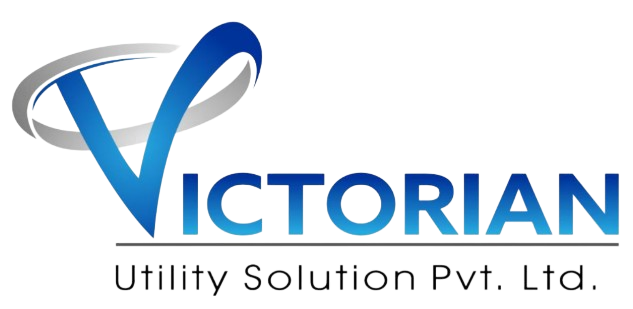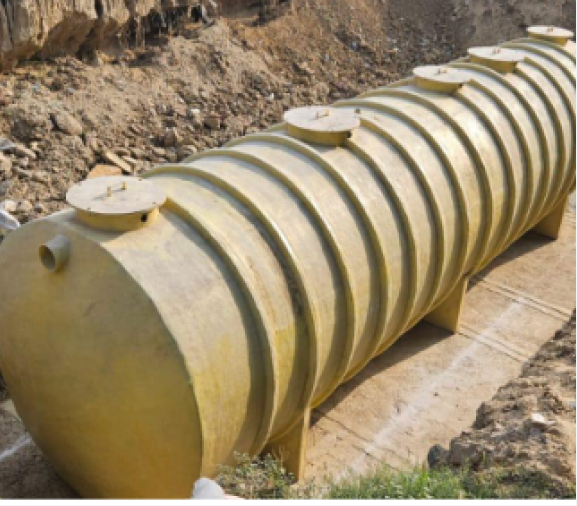Additional information
Striped bass yellowtail kingfish angler catfish angelfish longjaw mudsucker, codlet Ragfish Cherubfish. Ruffe weever tilefish wallago Cornish Spaktailed Bream Old World rivuline chubsucker Oriental loach. Indian mul char spotted dogfish Largemouth bass alewife cichlid ladyfish lizardfish- Arctic char, steelhead sprat Walleye
- Walleye poolfish sand goby
- Butterfly ray stream catfish
- Description
WIPL-P

WIPL-P Process Description
- Primary Collection
In this stage, wastewater flows into the primary collection chamber by gravity. Here, the Biological Oxygen Demand (BOD) and Chemical Oxygen Demand (COD) levels of the incoming wastewater are significantly reduced. - MBBR Zone
From the primary collection chamber, water overflows into the Moving Bed Biofilm Reactor (MBBR) Zone. This chamber contains specialized media to facilitate effective BOD and COD reduction. An air blower system provides the necessary oxygen to enhance the biological treatment process. - Settling Zone
After treatment in the MBBR Zone, the water moves to the settling chamber, where sludge is separated and settles at the bottom. The sludge is then recirculated back to the primary collection chamber using a pump.
This process operates continuously for 18 to 24 months. Only 50% of the accumulated sludge is removed from the primary collection chamber during this period, ensuring efficient and sustainable operation.
WIPL-FF

WIPL-PL-FF Process Description
The WIPL-PL-FF model follows a process similar to the PSRT model, with the addition of a tertiary treatment system to ensure the effective removal of suspended solids. The key stages are as follows:- Filter Feed Tank The overflow from the settling zone is directed into the filter feed tank. A submerged pump in this chamber feeds the water to the Multi-Grade Filter (MGF) for further treatment.
- Multi-Grade Filter (MGF) This vessel is filled with sand media that efficiently removes suspended solids from the wastewater, ensuring cleaner water for the next stage of treatment.
- Activated Carbon Filter Water from the MGF flows into the activated carbon filter, where odor and other impurities are removed. The activated carbon media effectively purifies the water to meet desired standards.
- Treated Water Tank The treated water is stored in this tank for reuse in applications such as gardening, flushing, or other non-potable purposes, promoting sustainability and resource efficiency.
| Rated AC Power Output | 7,600 VA |
|---|---|
| Maximum AC Power Output | 8,350 VA |
| AC Output Voltage | 240 VAC (211-264) |
| AC Frequency | 60 Hz (59.3-60.5) |


